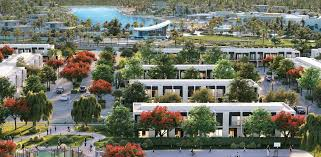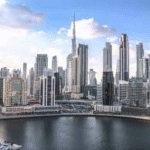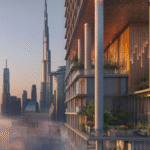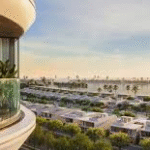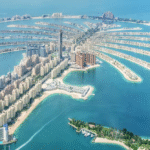Now Reading: 2025’s Hottest Real Estate Trend: Green Commercial Buildings
-
01
2025’s Hottest Real Estate Trend: Green Commercial Buildings
2025’s Hottest Real Estate Trend: Green Commercial Buildings
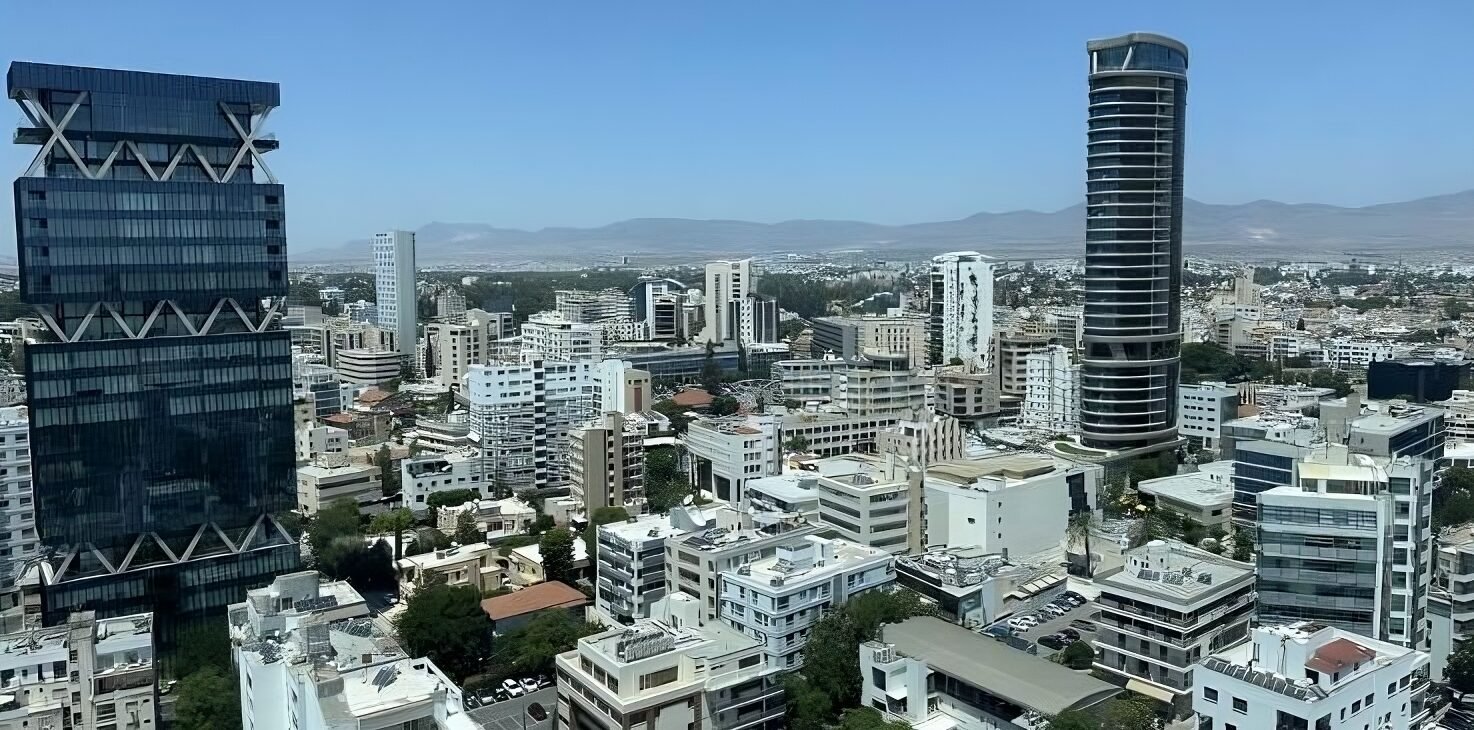
Table of Contents
In the ever-evolving landscape of real estate, one term is gaining unprecedented traction across the globe: sustainable commercial properties. As businesses seek smarter, greener, and more energy-efficient ways to operate, commercial real estate is undergoing a significant transformation. Developers, investors, and tenants are now actively choosing buildings that reflect their environmental values, reduce operational costs, and improve the well-being of occupants.
This growing demand for eco-conscious workspaces is not just a trend it’s a movement toward responsible urban development. With rising environmental concerns and stricter government regulations, the future of commercial real estate clearly lies in sustainability.
What Makes a Commercial Property Sustainable?
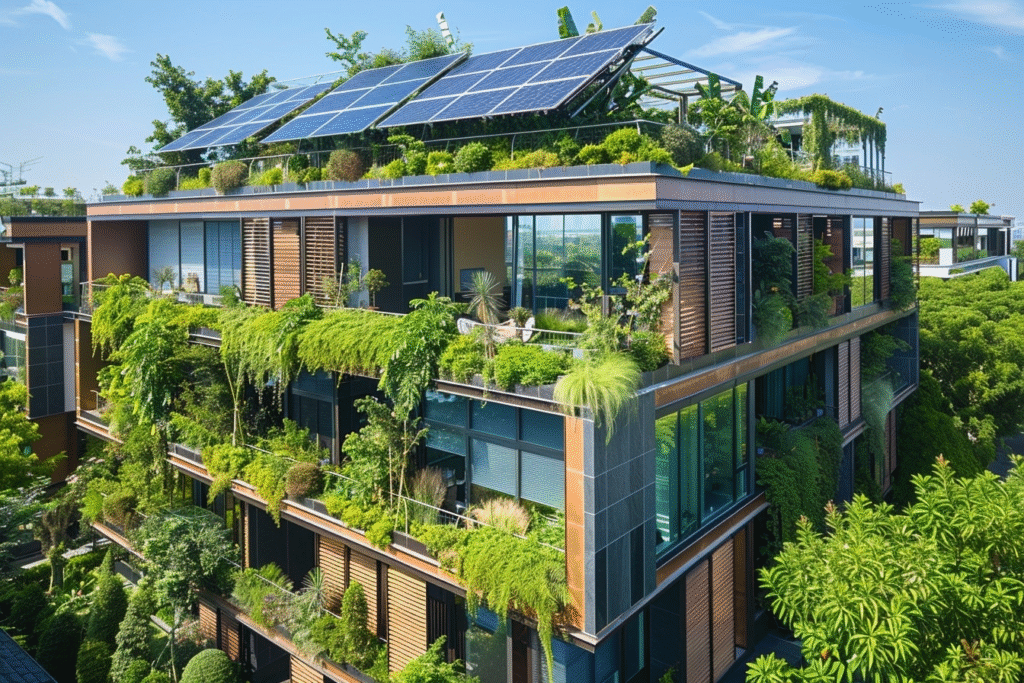
Sustainable commercial properties are buildings designed to minimize negative impacts on the environment while maximizing operational efficiency. These properties incorporate energy-saving systems, water conservation techniques, waste reduction strategies, and sustainable construction materials.
Some common features include:
- LEED or BREEAM certification
- Solar panels and renewable energy integration
- Smart lighting and HVAC systems
- Green roofs and vertical gardens
- Low-flow plumbing and rainwater harvesting
- Waste recycling systems and eco-friendly insulation
These green initiatives do more than just lower utility bills. They improve indoor air quality, enhance employee productivity, and build a positive brand image for businesses.
Global Shift Toward Green Commercial Real Estate
From New York to Dubai, sustainable commercial properties are being embraced by city planners and private investors alike. According to a 2024 report by the World Green Building Council, over 60% of new commercial buildings constructed in urban areas aim for some level of sustainability certification. In cities like London, Singapore, and Berlin, green office spaces are quickly becoming the industry standard.
In the Middle East, particularly in the UAE and Saudi Arabia, green building regulations are now being enforced for all new commercial developments. The UAE’s Estidama Pearl Rating System and Saudi Arabia’s Mostadam framework are examples of government-led initiatives aimed at fostering sustainable architecture.
Why Businesses Are Choosing Green Spaces
There are several strong reasons why sustainable commercial properties are increasingly popular among businesses:
1. Reduced Operating Costs
Green buildings are more energy- and water-efficient, often leading to a 30–50% reduction in utility bills. These cost savings make a compelling case for both owners and tenants.
2. Improved Employee Well-Being
Studies show that employees working in green-certified buildings report higher satisfaction, reduced sick days, and better overall health. Natural lighting, improved ventilation, and toxin-free materials contribute to a more comfortable workspace.
3. Corporate Image and ESG Goals
Sustainability is no longer just a buzzword. Investors and consumers are increasingly scrutinizing companies for their environmental impact. Occupying or owning a sustainable commercial property aligns a company’s operations with its Environmental, Social, and Governance (ESG) commitments.
4. Future-Proofing Assets
As governments introduce stricter climate laws and carbon taxes, companies in sustainable buildings are more likely to avoid fines and gain long-term resilience against regulatory changes.
Technologies Powering Sustainable Buildings
The transition to sustainable commercial properties is driven by cutting-edge technologies:
- IoT (Internet of Things): Smart sensors monitor energy consumption, detect maintenance issues early, and automate building systems for efficiency.
- AI and Data Analytics: These tools help property managers forecast energy usage patterns and optimize building performance.
- Building Information Modeling (BIM): BIM enables architects and developers to simulate the environmental impact of design choices before construction begins.
- Green Construction Materials: Innovations like hempcrete, bamboo panels, and recycled steel are helping lower the carbon footprint of new developments.
Case Study: A Green Commercial Tower in Action
A notable example of a successful sustainable commercial property is The Edge in Amsterdam. Often referred to as one of the smartest and greenest buildings in the world, The Edge is packed with over 28,000 sensors, runs on solar power, and uses rainwater for plumbing needs.
Its energy performance is so efficient that it produces more electricity than it consumes. Tenants include global firms like Deloitte, who cite increased productivity and employee satisfaction as major benefits of working in a sustainable environment.
Challenges to Green Commercial Adoption
Despite its many advantages, sustainable commercial property development still faces a few challenges:
- Higher Upfront Costs: Green technologies and materials often require greater initial investment, although they usually pay off over time.
- Knowledge Gaps: Some developers and building managers still lack awareness of sustainable practices or access to trained consultants.
- Inconsistent Regulations: Sustainability standards vary between countries and even cities, making it harder for global developers to implement consistent solutions.
However, as awareness increases and green technology becomes more affordable, these challenges are expected to decline.
Looking Ahead: The Green Office Revolution
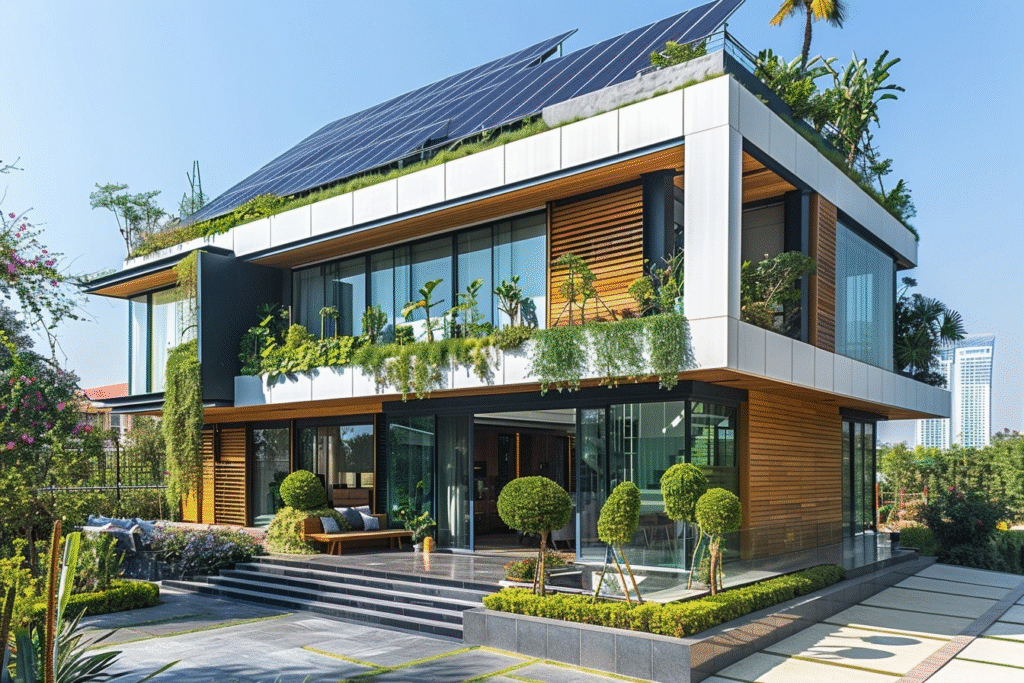
The shift to sustainable commercial properties is not a fleeting trend it’s the blueprint for the future of urban development. As climate change becomes more urgent and governments worldwide push for net-zero goals, eco-friendly commercial real estate will become a norm rather than an exception.
In 2025 and beyond, expect to see:
- Retrofitting of older office buildings with green upgrades
- Stricter green certification mandates for commercial landlords
- Increased financial incentives and tax breaks for sustainable developments
- More collaboration between governments, businesses, and tech companies to build greener cities
Conclusion
Sustainable commercial properties are more than just an environmental solution—they are a smart business move. From saving money and boosting productivity to enhancing brand reputation, green buildings offer long-term value for all stakeholders.
As the world transitions toward a low-carbon economy, the commercial real estate sector has a critical role to play. By embracing sustainability today, developers and businesses can build a better, greener, and more profitable tomorrow.
Read More:- Shobha Realty Launches Its Most Luxurious Project Yet—Full Details Inside 2025




